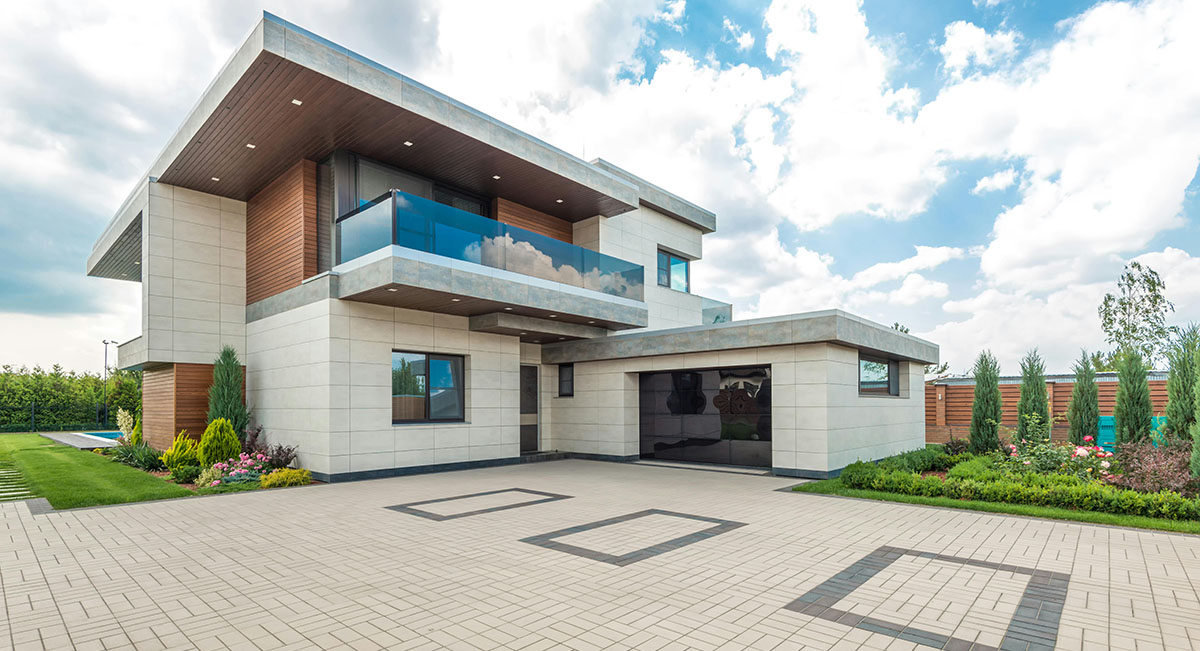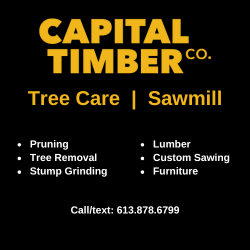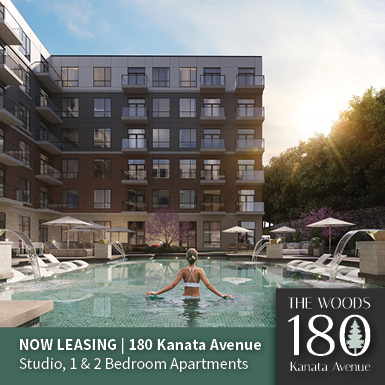
7 Industry Trends That Are Redefining Home Building Practices
The home building industry is undergoing a transformation driven by innovation, sustainability, and changing homeowner expectations. As technology advances and environmental concerns take center stage, builders and developers are adopting new methods to enhance efficiency, reduce costs, and improve overall quality.
From smart home integration to eco-friendly materials, these trends are reshaping the way homes are designed and constructed. Whether you’re a builder, investor, or prospective homeowner, staying ahead of these developments is crucial for making informed decisions in the evolving housing market.
In this article, we explore seven key industry trends that are redefining home building practices, from modular construction to energy-efficient designs. Let’s dive in.
Sustainable and Energy-Efficient Home Designs
Sustainability has become a top priority in modern home construction, with builders integrating eco-friendly materials and energy-efficient technologies to reduce environmental impact. Features such as solar panels, high-performance insulation, and energy-efficient windows are now standard in many new homes. Net-zero homes, which generate as much energy as they consume, are gaining traction, offering long-term savings and a reduced carbon footprint.
Smart energy management systems also allow homeowners to monitor and control energy usage more effectively. Governments and regulatory bodies are also encouraging green building certifications like LEED and ENERGY STAR, further pushing the industry toward eco-conscious construction practices that benefit both homeowners and the planet.
Luxury Custom Homes with Personalized Features
Luxury homebuyers are no longer satisfied with cookie-cutter designs; they seek personalized, high-end features that reflect their lifestyle and tastes.
Builders are responding by offering fully customizable homes with premium materials, bespoke interior designs, and smart home integrations. As highlighted by the team behind Versa Homes, you can engage experts to build luxury homes that incorporate cutting-edge architecture, energy-efficient innovations, and state-of-the-art security systems. From beachfront villas with panoramic ocean views to mountain retreats designed for tranquility, luxury homes are becoming lifestyle statements.
From custom wine cellars and home theaters to spa-like bathrooms and chef-grade kitchens, the demand for exclusive, tailor-made homes continues to grow. High-net-worth individuals prioritize comfort, uniqueness, and sustainability, driving a shift toward custom-built luxury residences.
Smart Home Technology and Automation
The rise of smart home technology has redefined how homes are built, integrating automation systems directly into new constructions rather than as after-market add-ons. Builders now design homes with smart thermostats, voice-controlled lighting, and advanced security systems to enhance convenience, security, and energy efficiency. IoT (Internet of Things) devices enable homeowners to control various aspects of their homes remotely, creating a seamless and connected living experience.
As 5G and AI-driven automation continue to evolve, homebuyers are demanding more intelligent features that adapt to their needs. This trend is not only about luxury but also about optimizing resource consumption and improving overall quality of life.
The Rise of Modular and Prefabricated Construction
Traditional home-building methods can be time-consuming and expensive, but modular and prefabricated construction methods are changing that landscape. These innovative techniques involve building home components in a factory setting before assembling them on-site, reducing construction time and minimizing material waste. Prefabrication allows for greater precision, resulting in higher-quality homes with fewer structural issues.
Modular construction enhances affordability, as mass production lowers costs without compromising on design and durability. The trend is particularly beneficial in urban areas where housing demand is high, offering a faster and more efficient solution to address housing shortages while maintaining strict quality and safety standards.
Health-Focused Home Design and Indoor Air Quality
The pandemic heightened awareness of health and wellness in home design, pushing builders to incorporate features that promote indoor air quality and overall well-being. Homes are now being equipped with advanced HVAC systems, HEPA air filtration, and humidity control solutions to minimize allergens and pollutants. Non-toxic, low-VOC (volatile organic compound) paints and materials are being used to reduce harmful chemical exposure.
Biophilic design principles—integrating natural elements like green walls, skylights, and indoor gardens—are gaining popularity, creating healthier and more comfortable living environments. As homeowners become more conscious of their well-being, builders must prioritize designs that promote physical and mental health.
The Growth of Multi-Generational Living Spaces
The concept of multi-generational living is making a strong comeback, driven by economic factors, aging populations, and cultural shifts. Many families are choosing to live together under one roof, necessitating home designs that accommodate multiple generations while ensuring privacy and functionality. Builders are responding by incorporating features such as in-law suites, separate entrances, and flexible floor plans that allow for independent living spaces within a single home.
This trend is also influencing the demand for accessory dwelling units (ADUs), which provide additional living spaces on the same property. As housing costs continue to rise, multi-generational homes offer a practical solution for families seeking affordability and convenience.
Resilient and Disaster-Resistant Construction
With climate change increasing the frequency of extreme weather events, resilient home construction is more important than ever. Builders are incorporating materials and designs that withstand hurricanes, wildfires, floods, and earthquakes. Homes in disaster-prone areas are being built with reinforced concrete, impact-resistant windows, and elevated foundations to reduce damage risks. Advanced drainage systems and fire-resistant roofing materials are also becoming standard features in new constructions.
Sustainable landscaping techniques, such as rain gardens and firebreaks, are being implemented to further protect homes from environmental threats. As resilience becomes a priority, homeowners are willing to invest in structures that offer both security and long-term durability.

The home building industry is evolving rapidly, driven by innovation, sustainability, and changing homeowner expectations. From energy-efficient designs and smart home automation to modular construction and luxury customization, these trends are reshaping the way homes are built and lived in. As the demand for healthier, more resilient, and eco-friendly homes grows, builders and developers must stay ahead by embracing new technologies and construction methods. Whether you’re planning to build, invest, or renovate, understanding these industry trends will help you make informed decisions.
Header photo by Max Vakhtbovycn, Pixabay. Inset image by Kari Shea, Pixabay











